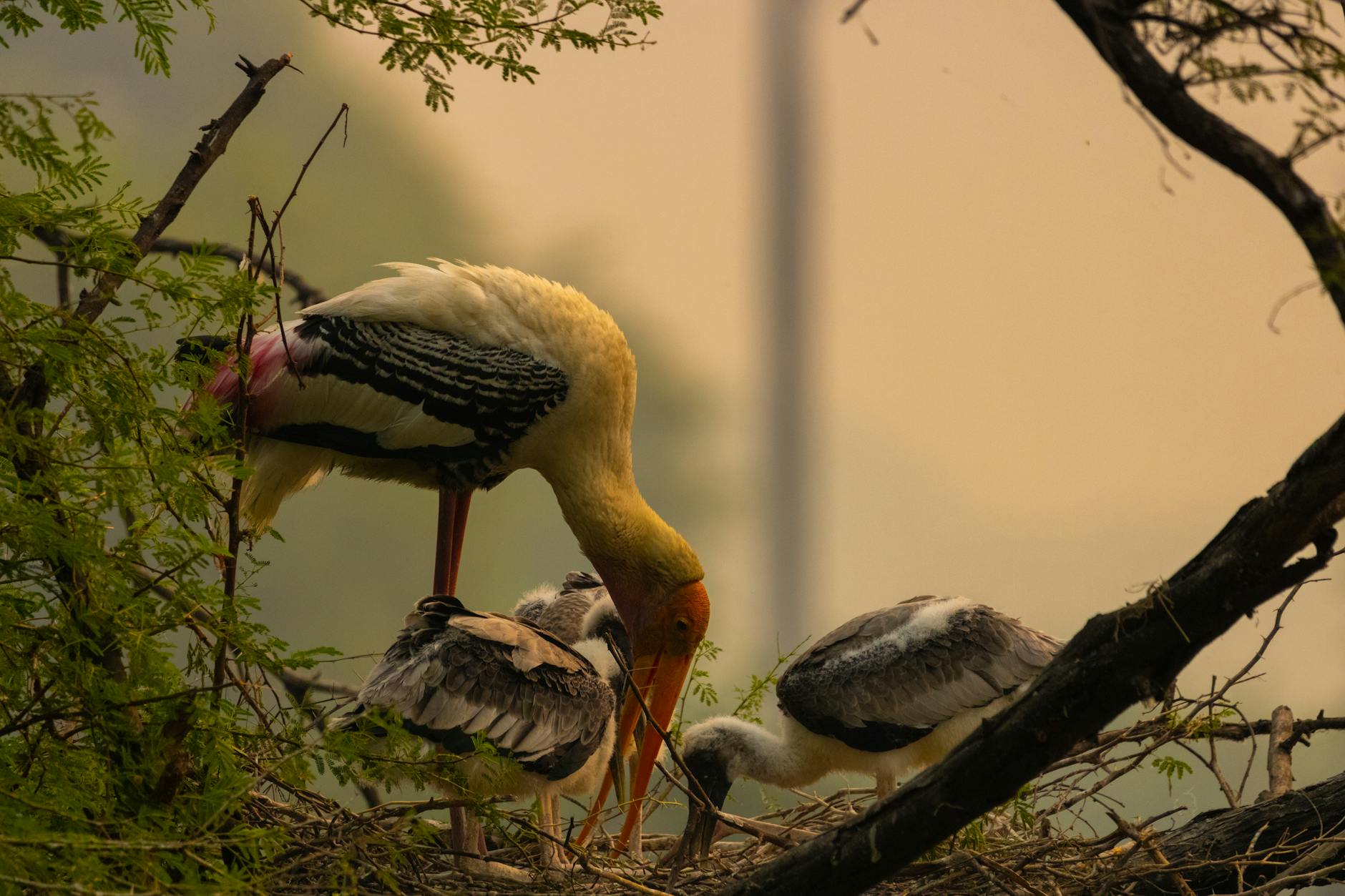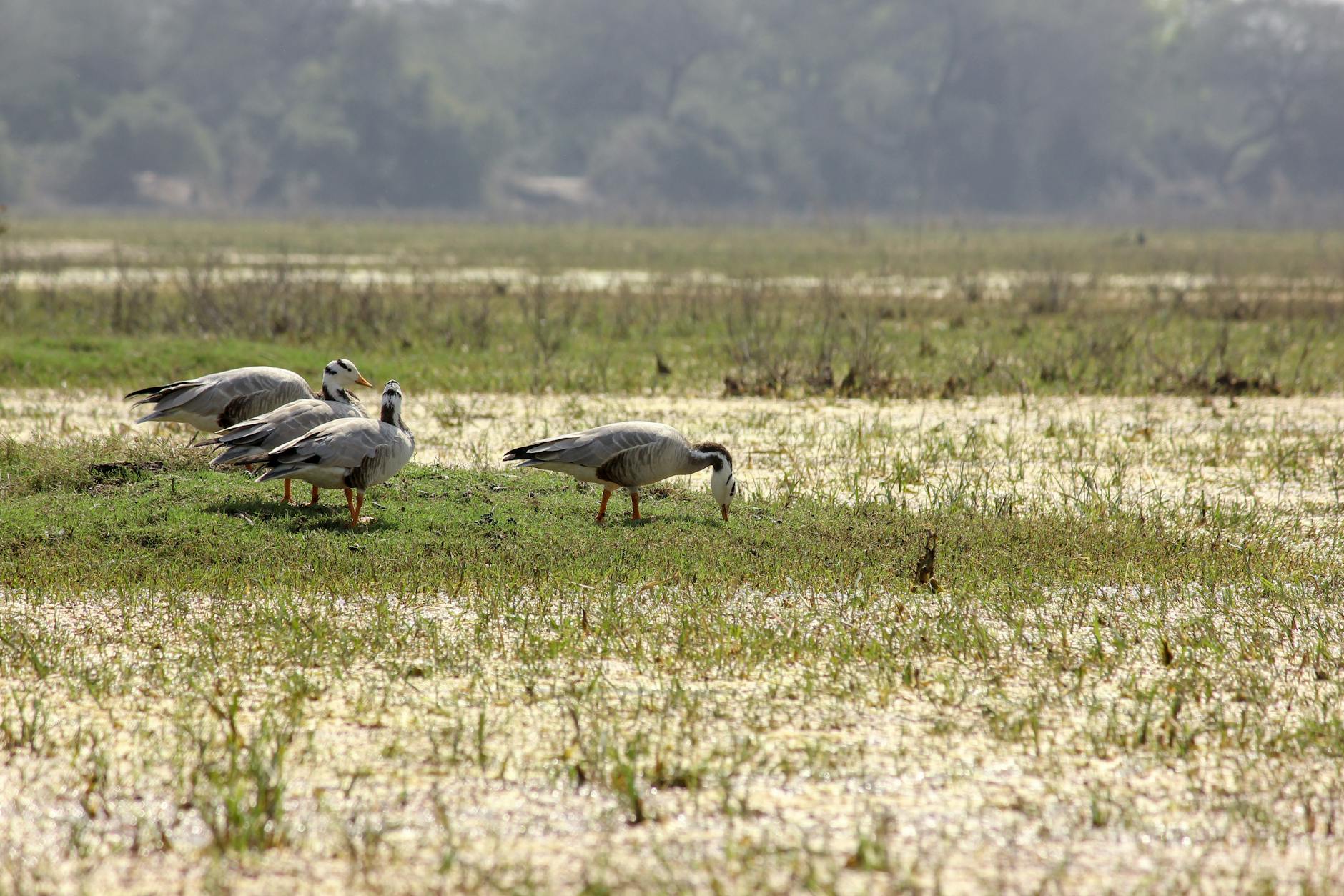Book Your Safari
Complete the form below to reserve your safari. Our team will confirm your booking and offer further details.
Complete the form below to reserve your safari. Our team will confirm your booking and offer further details.
Share your travel dreams, and we'll craft a personalised itinerary for you!
The quote provided is an estimate based on the information you supply. Final pricing may vary based on availability, changes in travel dates, and additional details.

Are you tired of crowded tourist spots and longing for a genuine connection with nature? India’s hidden wildlife sanctuaries offer a breathtaking escape from the ordinary, promising encounters with rare species and untouched landscapes. But here’s the catch: most travelers don’t even know these gems exist.
Imagine walking through lush forests, spotting elusive tigers, or gazing at snow-capped peaks – all without the usual tourist crowds. These five secret sanctuaries are waiting to be explored, each offering a unique window into India’s diverse ecosystems and wildlife. From the bird paradise of Keoladeo to the misty valleys of Neora, we’re about to take you on a journey through India’s best-kept natural secrets.
Ready to discover these hidden treasures? Let’s dive into the five hidden wildlife sanctuaries in India that will redefine your understanding of nature’s beauty and leave you with unforgettable memories.

Keoladeo National Park, also known as Bharatpur Bird Sanctuary, is a true haven for avian enthusiasts. With over 370 species of birds recorded, including both resident and migratory species, this park offers an unparalleled birdwatching experience. Visitors can spot a diverse array of waterfowl, raptors, and songbirds in their natural habitat.
The park’s ecosystem is characterized by:
This diverse landscape provides an ideal habitat for various flora and fauna, making it a biodiversity hotspot.
| Ecosystem Type | Characteristics | Notable Species |
|---|---|---|
| Marshes | Shallow water | Painted Storks |
| Grasslands | Open areas | Blackbuck |
| Woodlands | Dense vegetation | Golden Jackal |
| Wetlands | Aquatic plants | Sarus Crane |
The ideal time to visit Keoladeo National Park is from October to March. During this period:
Don’t miss the opportunity to spot these rare and endangered species:
These elusive birds make Keoladeo a truly special destination for wildlife enthusiasts and nature lovers alike. As we move on to explore other hidden sanctuaries, you’ll discover that each offers its own unique charm and biodiversity.

Bhagwan Mahavir Wildlife Sanctuary boasts an incredible array of biodiversity, making it a paradise for nature enthusiasts. This hidden gem in Goa is home to over 120 species of birds, 48 species of mammals, and 59 species of reptiles. The sanctuary’s lush forests provide shelter to rare and endangered species, including the elusive black panther and the majestic Bengal tiger.
| Flora | Fauna |
|---|---|
| Teak | Black Panther |
| Rosewood | Bengal Tiger |
| Bamboo | Indian Bison |
| Jamun | Sloth Bear |
| Terminalia | Malabar Giant Squirrel |
Adventure seekers will find numerous trekking trails that wind through the sanctuary’s pristine landscape. These paths offer varying difficulty levels, catering to both novice hikers and experienced trekkers. Some popular routes include:
Each trail provides unique vistas and chances to spot wildlife in their natural habitat.
Nestled within the sanctuary lies the breathtaking Dudhsagar Falls, one of India’s tallest waterfalls. This four-tiered cascade plunges 310 meters (1017 feet) down a near-vertical cliff face, creating a mesmerizing spectacle. The falls are particularly stunning during the monsoon season when the water flow is at its peak. Visitors can take a challenging trek or opt for a jeep safari to reach this hidden paradise, where they can swim in the natural pools at the base of the falls.
Now that we’ve explored the wonders of Bhagwan Mahavir Wildlife Sanctuary, let’s venture to another hidden gem in India’s wildlife sanctuaries.

Parambikulam Tiger Reserve stands out for its commitment to sustainable tourism. The reserve offers a range of eco-friendly activities that allow visitors to enjoy nature while minimizing their environmental impact. These initiatives include:
Stay close to nature with Parambikulam’s distinctive lodging options:
| Accommodation Type | Features | Best For |
|---|---|---|
| Tree Houses | Elevated views, rustic charm | Adventure seekers |
| Bamboo Huts | Eco-friendly, traditional design | Nature enthusiasts |
| Tent Camping | Immersive wilderness experience | Budget travelers |
Expert naturalists lead informative excursions through the reserve:
While Parambikulam is home to various wildlife, the Bengal Tiger remains its star attraction. The reserve’s diverse habitats and conservation efforts have created an ideal environment for these majestic creatures. Visitors can increase their chances of a tiger sighting by:
With its focus on conservation and sustainable tourism, Parambikulam Tiger Reserve offers a serene and responsible way to experience India’s rich biodiversity. Next, we’ll explore another hidden gem that showcases the country’s natural wonders.

Nestled in the breathtaking Himalayas, the Nanda Devi Biosphere Reserve stands as a testament to nature’s grandeur. Recognized as a UNESCO World Heritage Site in 1988, this sanctuary offers a unique blend of biodiversity and cultural significance.
The reserve is home to an array of rare and endangered Himalayan species:
These elusive creatures thrive in the pristine ecosystems of the reserve, making it a paradise for wildlife enthusiasts and researchers alike.
For adventure seekers, Nanda Devi offers unparalleled experiences:
| Trek/Climb | Difficulty | Duration |
|---|---|---|
| Nanda Devi Base Camp | Moderate | 7-10 days |
| Milam Glacier Trek | Challenging | 12-15 days |
| Sunderdhunga Valley | Moderate | 8-10 days |
These treks provide stunning views of the Nanda Devi peak and surrounding landscapes, challenging even seasoned mountaineers.
The reserve is not just about nature; it’s also about people. Visitors can immerse themselves in the rich culture of the Bhotiya tribes, known for their sustainable living practices and unique traditions. Participating in local festivals, sampling traditional cuisine, and learning about age-old customs offer a holistic experience that goes beyond typical wildlife tourism.
As we move forward, let’s explore another hidden gem that showcases India’s diverse ecosystems and wildlife.

Neora Valley National Park, nestled in the Eastern Himalayas, is a treasure trove of biodiversity. This pristine ecosystem boasts an impressive array of flora and fauna, making it a paradise for nature enthusiasts and researchers alike. The park’s varied elevation, ranging from 183 to 3,200 meters, contributes to its diverse habitats and microclimates.
| Biodiversity Category | Examples |
|---|---|
| Flora | Orchids, Rhododendrons, Medicinal plants |
| Fauna | Red Panda, Clouded Leopard, Himalayan Black Bear |
| Avifauna | Rufous-necked Hornbill, Satyr Tragopan, Blood Pheasant |
One of the park’s most elusive and cherished inhabitants is the endangered Red Panda. These adorable creatures, with their distinctive reddish-brown fur and masked faces, are a sight to behold. While spotting a Red Panda requires patience and luck, the park offers guided tours to increase your chances of encountering these rare mammals.
Neora Valley’s stunning landscapes are a photographer’s dream. The park offers several breathtaking viewpoints that showcase:
With over 300 species of birds recorded, Neora Valley is a birdwatcher’s haven. The park’s diverse habitats attract a wide variety of avian species, including:
For adventure enthusiasts, Neora Valley offers several hiking trails that cater to different skill levels. These trails not only provide an opportunity to explore the park’s biodiversity but also offer stunning views of the surrounding landscape. Some popular trails include:
As we move on to explore other hidden wildlife sanctuaries in India, remember that Neora Valley National Park offers a unique blend of biodiversity, breathtaking landscapes, and adventure opportunities that make it a must-visit destination for nature lovers.

India’s lesser-known wildlife sanctuaries offer breathtaking experiences for nature enthusiasts and adventure seekers alike. From the bird paradise of Keoladeo National Park to the lush forests of Bhagwan Mahavir Wildlife Sanctuary, these hidden gems showcase India’s rich biodiversity. The serene Parambikulam Tiger Reserve and the majestic Nanda Devi Biosphere Reserve provide unparalleled opportunities to witness rare species in their natural habitats. Neora Valley National Park rounds out this list with its pristine ecosystems and stunning landscapes.
Embark on a journey to explore these five hidden wildlife sanctuaries and discover the untamed beauty of India’s natural world. By venturing off the beaten path, you’ll not only create unforgettable memories but also contribute to the conservation efforts that protect these precious ecosystems. Plan your next adventure to one of these remarkable destinations and experience the wonders of India’s wildlife firsthand.